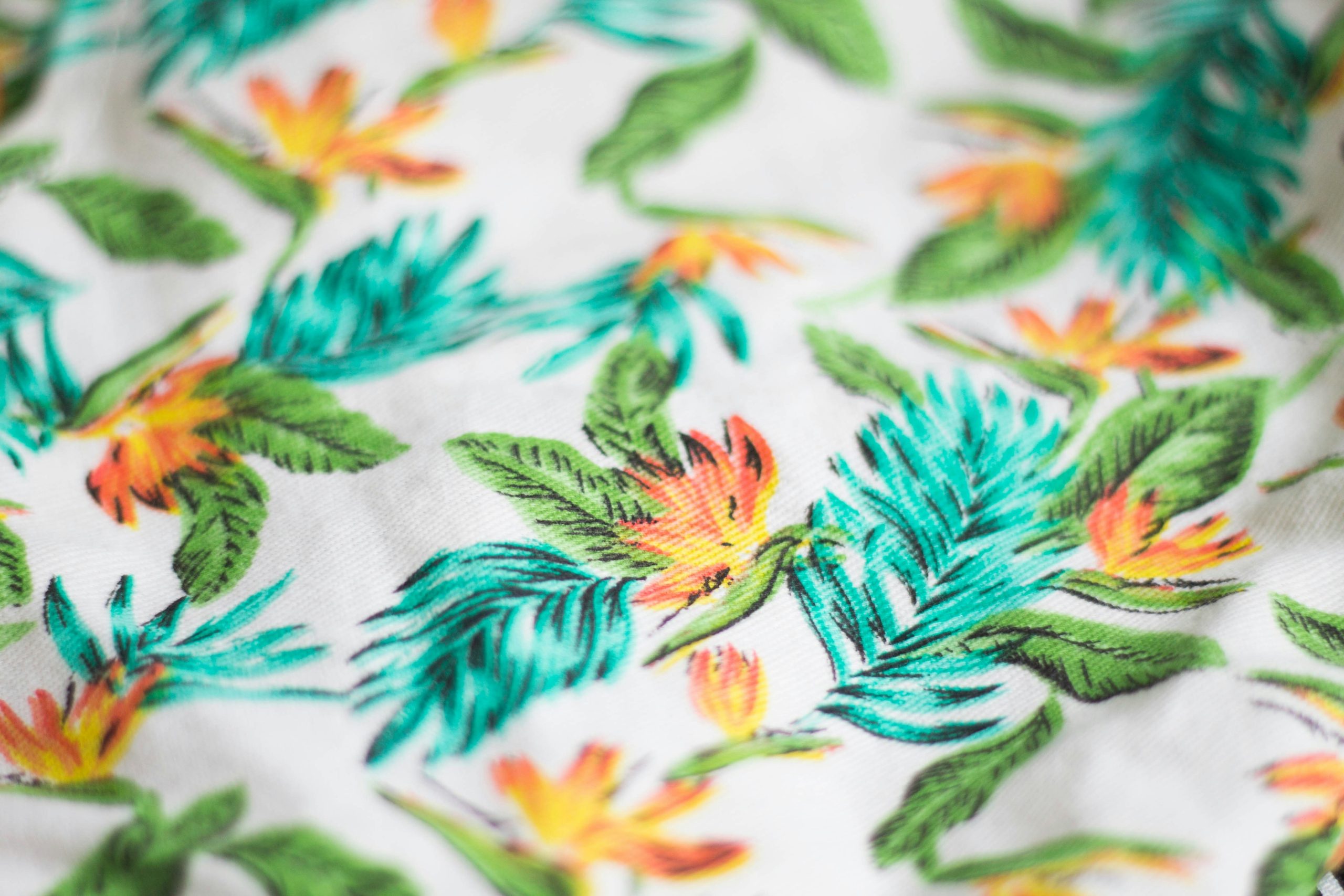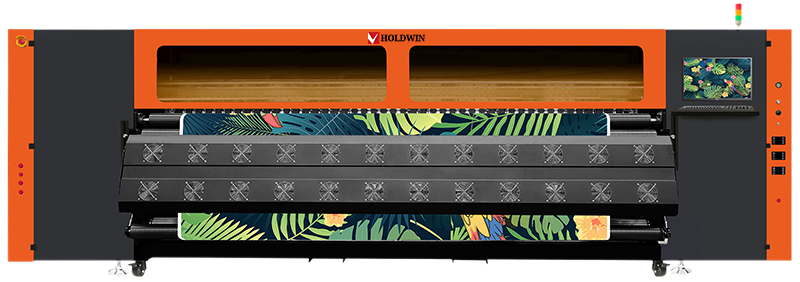
In the dynamic world of fast fashion, rapid production and innovation are essential to meeting the demands of ever-changing consumer preferences. Digital textile printing, a revolutionary technology, has significantly impacted supply chains by enabling greater efficiency, customization, and sustainability. This article explores the profound ways digital textile printing has transformed fast fashion supply chains and highlights how HOLDWIN’s cutting-edge solutions are helping businesses stay ahead in this competitive industry.
Fast fashion thrives on its ability to deliver trend-responsive products quickly and affordably. Traditional textile printing methods, such as screen printing, often involve lengthy setups, high costs for small batches, and significant environmental impact. These limitations have made digital textile printing an ideal solution for modern fast fashion brands seeking speed, flexibility, and reduced waste.

Digital printing eliminates the need for time-consuming setups associated with traditional methods. Designs are sent directly from a computer to the printer, enabling rapid production. This allows fast fashion brands to respond to trends within days rather than weeks.
Digital printing enables brands to create unique designs in smaller batches without increasing production costs. This flexibility supports personalized fashion trends, such as custom graphics and limited-edition collections, which are particularly popular among younger consumers.
By minimizing water and ink usage, digital printing significantly reduces the environmental footprint of textile production. This aligns with the growing consumer demand for eco-friendly products and enhances the sustainability goals of fast fashion brands.

At HOLDWIN, we’re committed to transforming fast fashion supply chains with state-of-the-art digital textile printing technologies. Our versatile solutions include direct-to-fabric (DTF) and sublimation printers, capable of handling diverse materials such as cotton, polyester, and silk. Our machines’ high-speed capabilities and precision ensure that businesses can meet tight deadlines without compromising on quality.
“Since integrating HOLDWIN’s digital textile printer into our production line, we’ve reduced our lead times by 40% and increased customer satisfaction with customized designs. Their machines have been a game-changer for our business.”
Despite its numerous benefits, digital textile printing poses challenges such as high initial investment and technical expertise requirements. HOLDWIN addresses these issues through:

As technology continues to evolve, digital textile printing will play an even greater role in shaping the future of fast fashion. Advancements in printing speed, material compatibility, and sustainable practices will further enhance its appeal. HOLDWIN is at the forefront of this evolution, investing in research and development to deliver innovative solutions that keep our clients competitive in the global market.

Digital textile printing is a cornerstone technology for fast fashion supply chains, offering unparalleled speed, flexibility, and sustainability. HOLDWIN’s commitment to innovation and customer-centric solutions positions us as a leader in this transformative field. By choosing HOLDWIN, businesses can not only meet the demands of today’s fast-paced market but also pave the way for a sustainable and innovative future.


Zhiyu is passionate about good products, good services, and good prices to let consumers know that choosing us is the right choice! For partners and end customers, we will provide one-on-one considerate smart services and provide you with more high-quality procurement solutions.